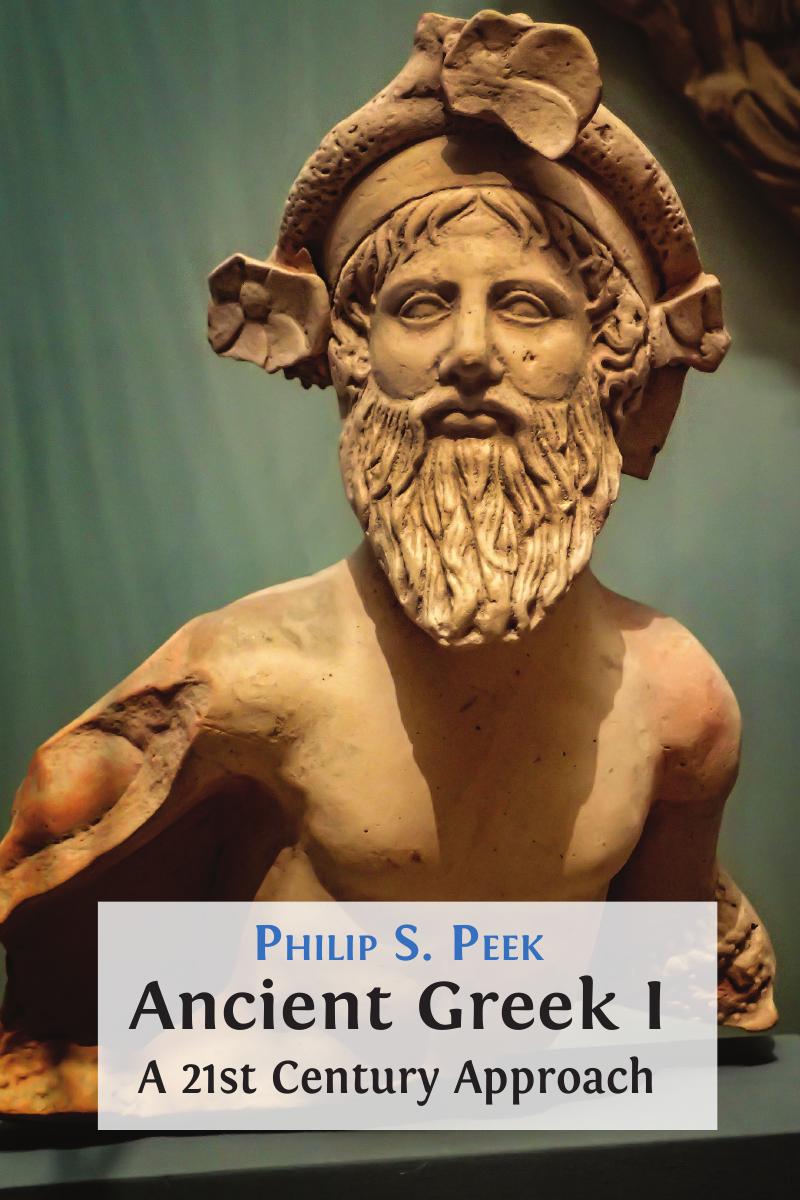Was Wolsey Really so Large?
Characterised as manipulative, power-hungry, and even an alter rex, Henry VIII’s right-hand man Cardinal Thomas Wolsey has been typically depicted with a body mass to rival his political weight. Katherine Harvey asks if he was really the glutton of popular legend, and what such an image reveals about the link between the body, reputation, and power in Tudor England.
Robed in cardinal’s red and of considerable bulk, Thomas Wolsey’s is one of the most enduring images of the Tudor period. Over the past five centuries, he has been consistently represented as a corpulent churchman, in art, on stage and screen, and in popular culture.
Yet this familiar version of Wolsey (1470/1–1530) comes not from a contemporary likeness, but from a portrait painted towards the end of the sixteenth century, at least six decades after Wolsey’s death. It may be based on a contemporary portrait of him, but if so the original has not survived. Not only is there a lack of visual evidence for Wolsey’s appearance, we also lack detailed written descriptions. One Venetian ambassador, Sebastian Giustinian, judged him to be “very handsome”, and another described him as “hale and of good presence” — neither description helps to answer the question of the cardinal’s physique. Hostile biographers have typically assumed that Wolsey was indeed a very fat man; more sympathetic historians have been more sceptical, with Peter Gwyn arguing that “there has to be a suspicion that since his death the poor cardinal’s girth has increased, even as his fame has diminished!” The truth is, we don’t know (and almost certainly never will know) what Wolsey actually looked like.
Whatever the reality, the image of the fat cardinal was a potent one. As Henry VIII’s chief minister and the most powerful churchman in England, Wolsey was always a divisive figure: he had many critics during his lifetime, and the criticism continued for many years after his death. In the decades after the English Reformation, he became a symbol of everything that was wrong with the late medieval church: it was greedy, corrupt, and self-serving, with no interest in caring for the souls it was meant to save. His fat body, which proved to the world that he was gluttonous and self-indulgent, hinted at his deeper and more damaging flaws.
Wolsey’s contemporaries had a strong idea of what a priest’s body was supposed to look like and how he should behave around food. The ideal churchman was an ascetic, or at least was austere: he ate little, took scant interest or pleasure in food, and had a correspondingly slender physique. In theory, Wolsey should have modelled himself on his saintly predecessors — men such as Thomas Becket, who apparently fasted so much that he nearly died of starvation and had to be forced by his confessor to relax his diet in order to save his life. Although such extreme behaviour was rare in early Tudor England, fasting remained an important religious practice. Wolsey’s fellow bishops included William Warham, archbishop of Canterbury, and John Fisher, bishop of Rochester — men who were renowned for their piety and strict living, and who were depicted by Holbein as elderly, distinguished, and gaunt.










